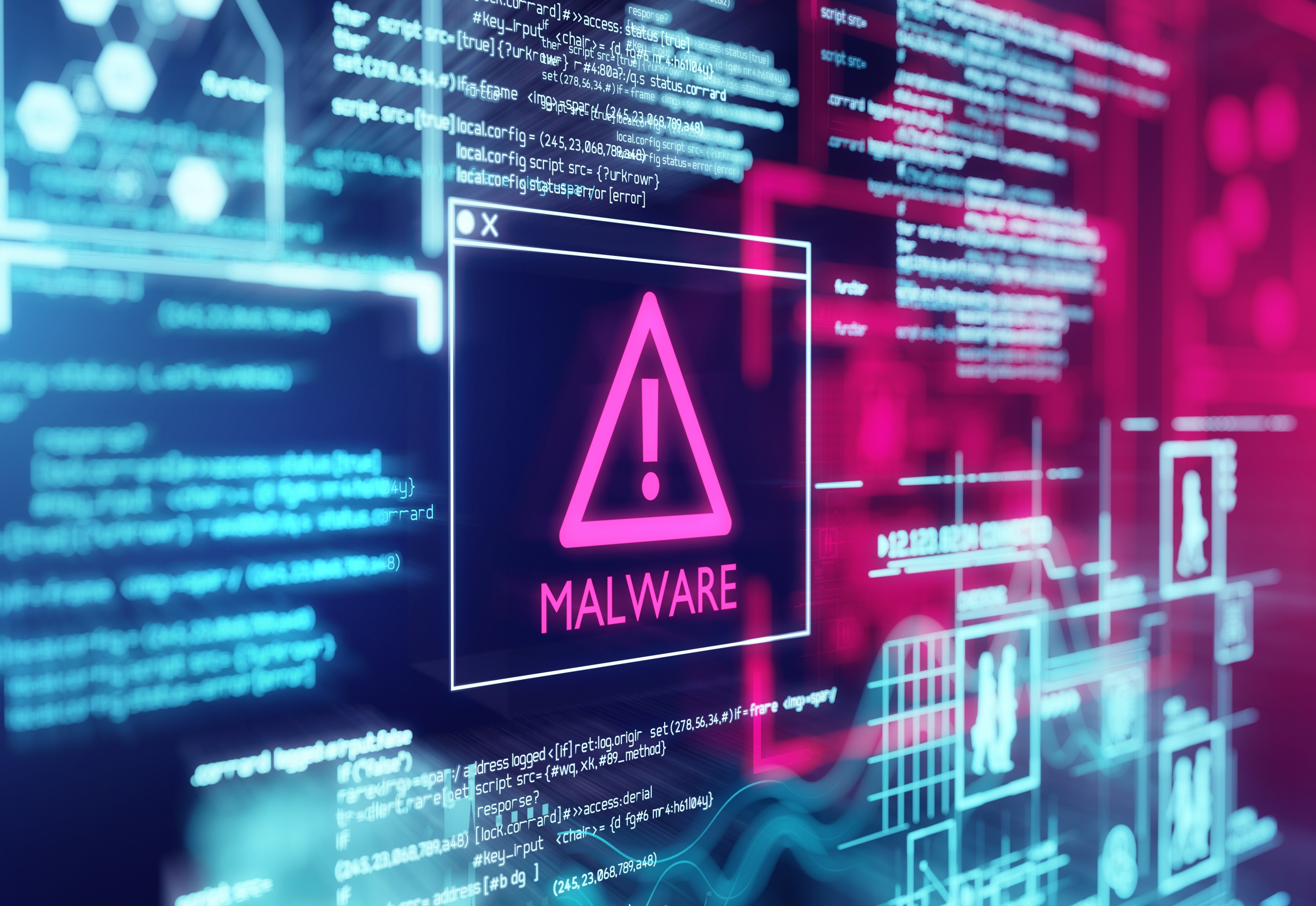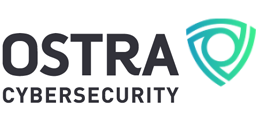11 Types Of Malware + How To Detect & Remove Them
Taking care of your business’s data and sensitive information means staying vigilant against cybersecurity threats at all times. This is made more difficult each year, as new types of viruses, technologies, and methodologies for cybercriminals are created. For example, since its inception in the 70s, many variants of malware viruses have been created, amplifying the danger of cybersecurity threats for small and medium-sized businesses.
To help defend your organization against malware, we’ve crafted this guide of 11 of the most common types of malware and how to effectively get rid of them.
11 Types of Malware: How They Get in Your System, What They Do, & How to Get Rid of Them

1. Ransomware
How it Gets in Your System: Phishing emails that contain malicious downloads or attachments are often the source of ransomware.
What it Does: Blocks access to a computer system or computer files until a sum of money is paid.
How to Get Rid of it: Unfortunately, paying the ransom is the easiest way to remove this malicious software. This makes prevention all the more important.
2. Spyware
How it Gets in Your System: This type of malware gets in through drive-by-downloads or another inadvertent action by an internal employee—such as clicking on a link in a phishing email.
What it Does: Steals internet usage data and sensitive information (credit card and bank account information, PII)
How to Get Rid of it: A spyware removal tool can be used, depending on the severity of the infection. More drastic actions may need to be taken if the virus is robust.
3. Adware
How it Gets in Your System: Enters via malicious apps or pops-ups that take advantage of browser vulnerabilities.
What it Does: Bombards your devices with unwanted advertisements on your computer, attempting to get you to download malicious software.
How to Get Rid of it: In some instances, you can simply uninstall the adware. With more serious adware issues, you’ll need to use anti-adware software to get rid of it.
4. Malvertising
How it Gets in Your System: An employee clicking on malicious ads that appear legitimate will cause malvertising to be downloaded onto the system.
What it Does: Attempts to inject malicious code that installs malware or adware on the user’s computer.
How to Get Rid of it: Delete any files that were downloaded, use a virus scanner, and eliminate. In some instances, you’ll need to work with a cybersecurity team to totally rid the computer of the virus.
5. Trojan Malware
How it Gets in Your System: A trojan virus will typically enter a system through a piece of malware attached to an email. The file, program, or application appears to come from a trusted source.
What it Does: Damage, disrupt, steal, or in general inflict harmful action on your data and network.
How to Get Rid of it: Installing an antivirus program that will search, isolate, and remove the virus is one of the best ways to get rid of a trojan virus.
6. Fileless Malware
How it Gets in Your System: Phishing emails are a common culprit for fileless malware. Unlike many other viruses, fileless malware doesn’t touch the hard drive but instead embeds itself into the memory.
What it Does: Gains access to your secure data and exploits it.
How to Get Rid of it: Fileless malware can be particularly difficult to purge from your system. Preventative measures are a must for this type of malware.
7. Worm Malware
How it Gets in Your System: Traditionally gains access to a system through a phishing email. It can also be inadvertently downloaded online.
What it Does: As a self-replicating virus, worm malware can quickly spread and wreak havoc on a company by gaining access to their valuable and private data.
How to Get Rid of it: Using a dedicated removal tool will assist in eradicating a worm virus in your system. If the virus has spread too fast, you may need to bring in some outside help.
8. Mobile Malware
How it Gets in Your System: Mobile malware is exactly what it sounds like—malware that gains access through a mobile device. This can be done by drive-by-downloads, trojan viruses, mobile phishing, and browser exploits.
What it Does: Gains access to private information and data.
How to Get Rid of it: Restoring your phone from an earlier back-up can potentially rid your mobile device of the malware.
9. Rootkit Malware
How it Gets in Your System: Often derive from unintentional downloads online. They are designed to remain hidden on your computer.
What it Does: Remotely control your computer to gain access to your system and data.
How to Get Rid of it: Because rootkit malware is difficult to detect and get rid of, this is another type of malware where prevention is key.
10. Keylogger Malware
How it Gets in Your System: Phishing emails and trojan viruses are two of the more prevalent ways in which keylogger malware infects a computer.
What it Does: A keylogger is a type of spyware that can be used to track and log the keys you strike on your keyboard, capturing any information typed—including PINs, credit card numbers, usernames, passwords, and more.
How to Get Rid of it: Anti-rootkit software is oftentimes your best bet when dealing with keylogger malware.
11. Bot Malware
How it Gets in Your System: Malicious pop-up ads or the downloading of dangerous software from a website are often the starting points of bot malware.
What it Does: Bot malware is a self-propagating malware capable of infecting its host and connecting it back to its central servers. Obtaining financial information, exploring back doors open by worms, content scraping, email address harvesting, and more can all be done by bot malware.
How to Get Rid of it: A robust antivirus software will need to be deployed to get rid of bot malware.
The Best Offense is a Good Defense
In order to best protect your business from malware, prevention methods must be integrated into your system. Ostra has Malware protection built into our integrated technology so threats are blocked before they get in.
Ostra’s multi-layered solutions make keeping your data safe simple, as it prevents viruses from compromising your system in the first place. Instead of piecing together a cybersecurity solution from multiple providers, you can choose Ostra and cover your emails, endpoints, mobile devices and your entire network with one centralized solution.
Ostra works around the clock to protect and secure your data. After all, cybercriminals don’t take days off—your cybersecurity solution shouldn’t either.
Reach out to Ostra to get started on combating malware and other cyber threats today.
As Your Trusted Cybersecurity Team, Ostra makes cybersecurity simple and accessible to businesses of all sizes. Ostra provides its partners and their clients with a multi-layered, comprehensive and fully managed Security as a Service.




